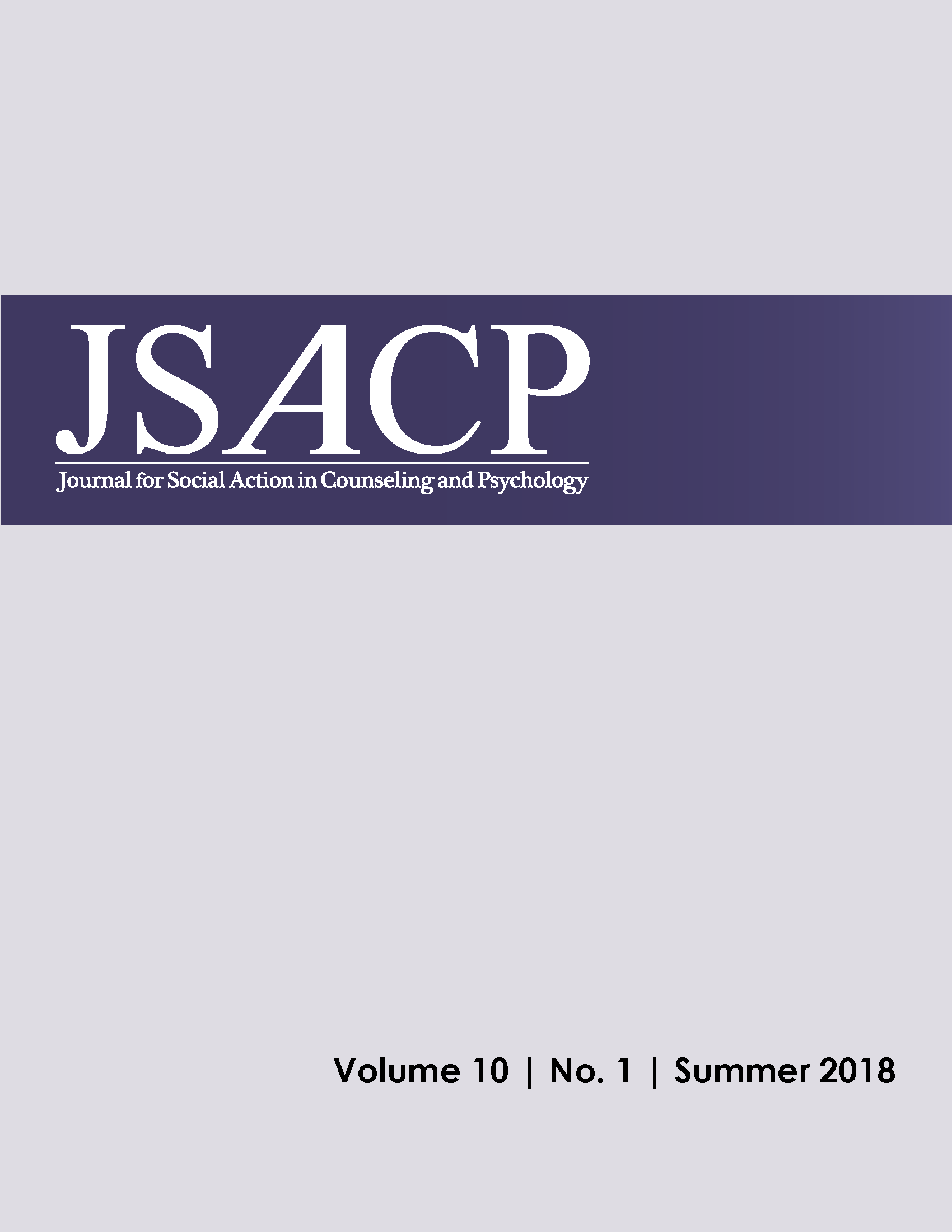Social Distance from Mental Illness Among Counseling, Social Work, and Psychology Students and Helping Professionals
DOI:
https://doi.org/10.33043/JSACP.10.1.24-37Keywords:
social distance from people with mental illness, counselors, social workers, psychologistsAbstract
Negative stereotypes of people with mental illness may lead to stigma of those with mental illness, impacting their self-confidence and willingness to seek mental health treatment. Few studies have looked at the health professional’s role and the impact they may have on the stigmatization process of people with mental illness. The purpose of this article was to better understand the concept of social distance among individuals in the helping professions of counseling, social work, and psychology. A total of 305 students and 95 professionals from counseling, social work and psychology participated in this study. Results revealed that counseling, social work, and psychology students, and helping professionals do not differ in their need for social distance from people with mental illness. Helping professionals reported significantly more social distance from people with mental health problems in close personal relationships, compared to their social relationships. In conclusion, there were no significant differences in social distance observed as a function of professional experience.Downloads
Downloads
Published
How to Cite
Issue
Section
License
By submitting to JSACP, the author(s) agree to the terms of the Author Agreement. Beginning in 2018, all authors retain copyrights associated with their article contributions and agree to make such contributions available under a Creative Commons Attribution-NonCommercial-NoDerivatives 4.0 International license upon publication in JSACP. Copyrights to articles published prior to 2018 have been transferred from the authors to JSACP.









